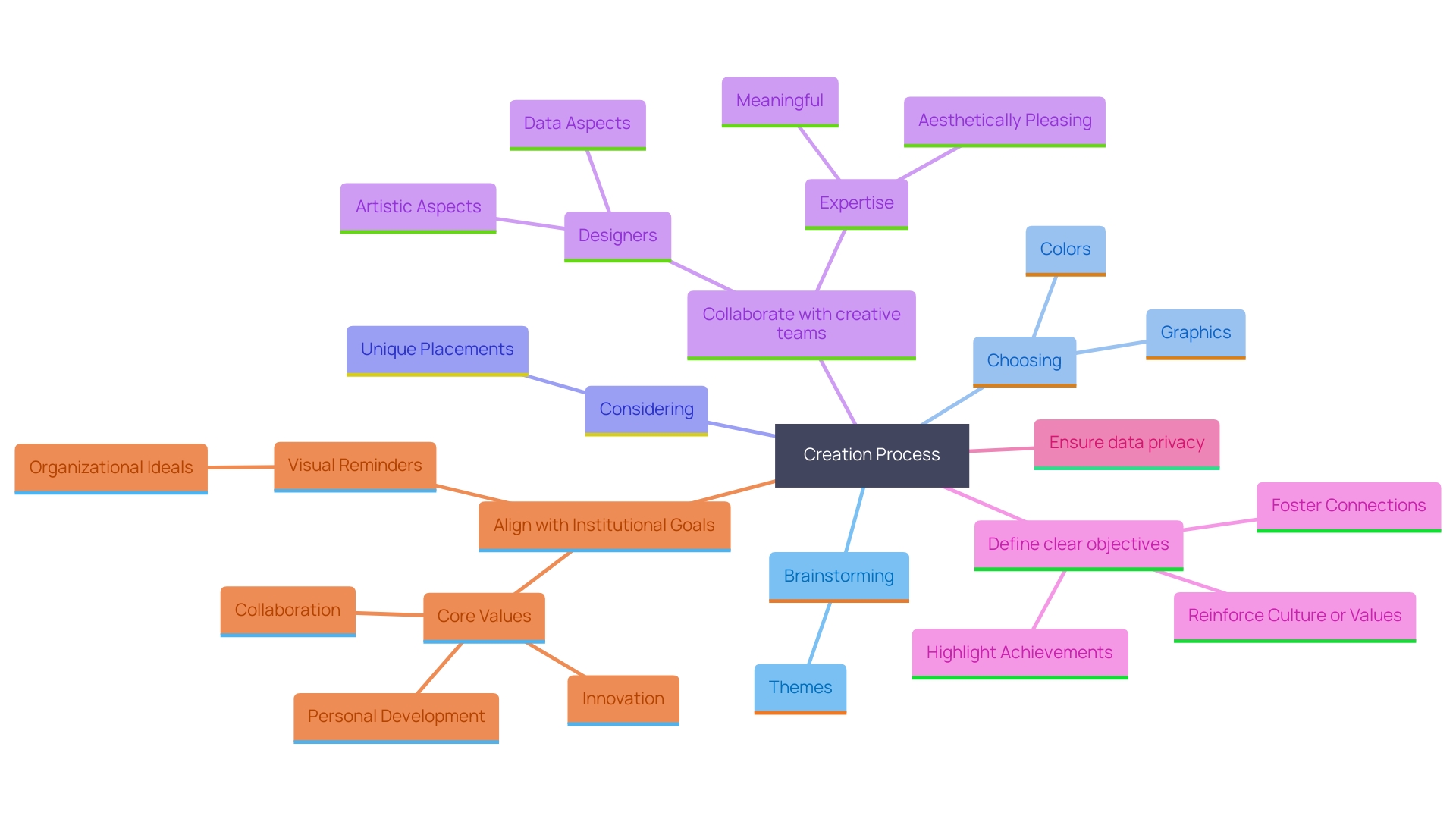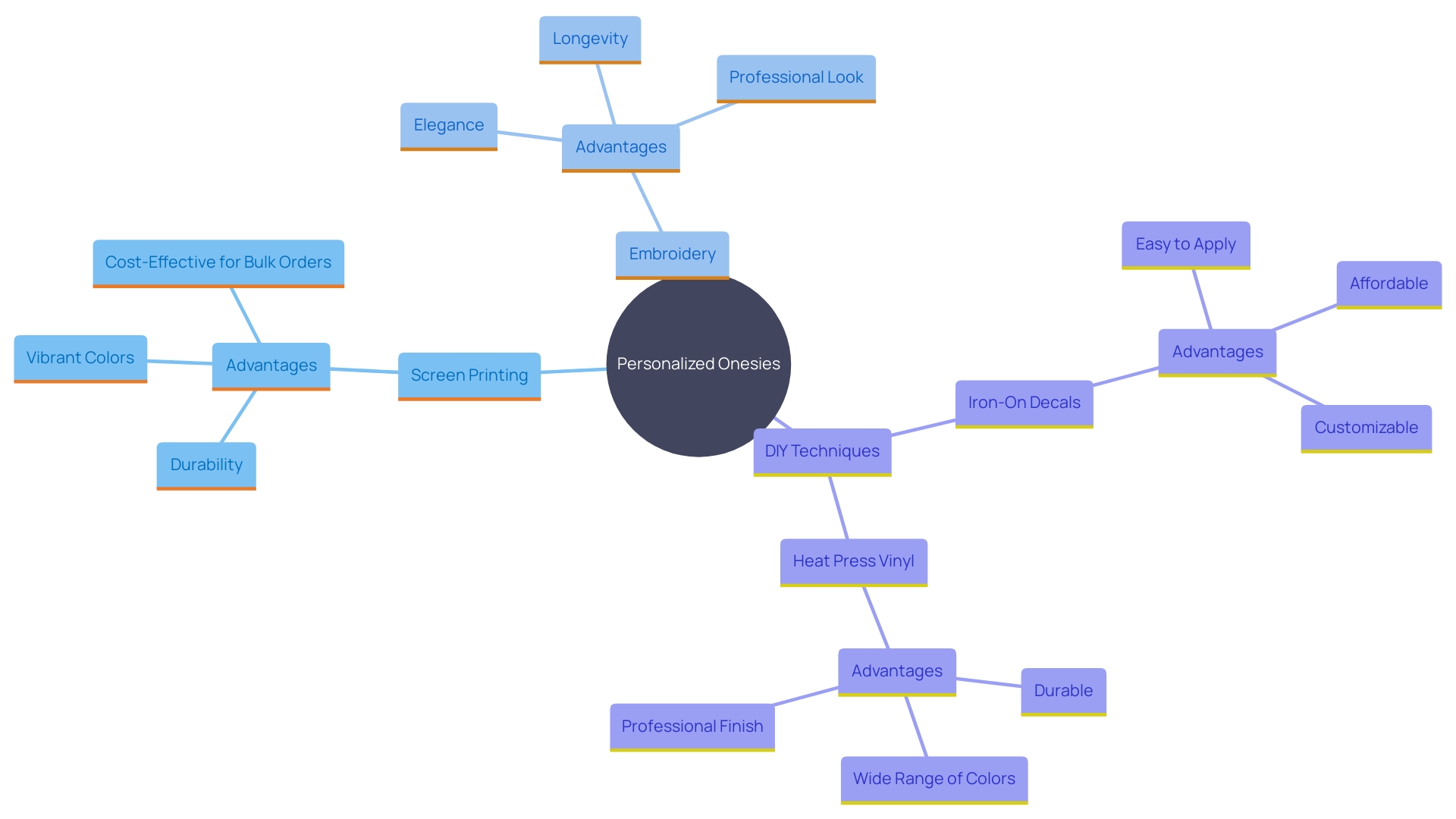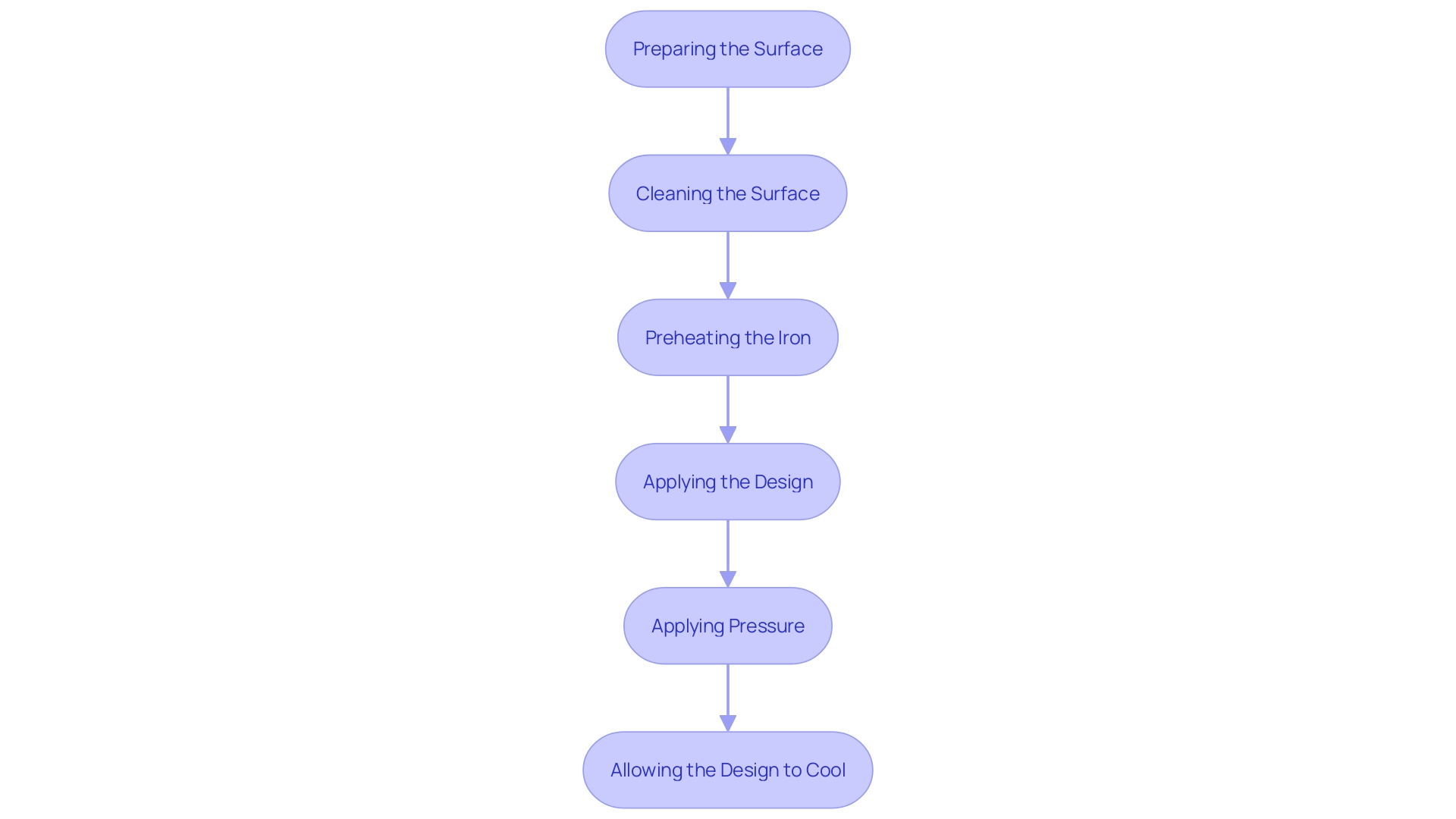Introduction
Creating custom onesies is a delightful way to showcase creativity, celebrate individuality, and craft memorable gifts. Starting with the right materials is key; choosing soft, breathable, and sustainable fabrics ensures comfort and environmental responsibility. The fun truly begins in the design phase, where themes and personal touches can transform a simple garment into a cherished piece.
From screen printing to embroidery, and even DIY iron-on transfers, various methods offer unique benefits and allow for distinctive finishes. Ensuring a meticulous application process and avoiding common pitfalls like not pre-washing fabric can make all the difference in achieving professional-looking results. Dive into the world of custom onesies with these comprehensive tips and tricks to create something truly special.
Choosing the Right Materials
When embarking on the journey of creating custom onesies, selecting the right materials is crucial. Soft, breathable materials such as cotton or fleece are perfect for comfort, particularly for infants and young children. Organic cotton is a fantastic choice, not only for its softness but also for its sustainability, addressing growing consumer awareness about environmental impacts. Consider the weight of the material as well; lighter options are perfect for warmer weather, while heavier ones provide warmth during cooler months. Additionally, consider the stretchiness of the material to ensure ease of movement. Always check for fabric pre-washing instructions to avoid any surprises after crafting. As the fashion industry becomes more globalized, ensuring traceability and responsible sourcing in the production of these garments has become essential. This approach not only builds trust but also meets regulatory compliance, enhancing the industry's overall positive image.
Designing Your Onesie
The creation process is where your creativity takes center stage! Begin by brainstorming themes or messages that will strike a chord with the recipient. Imagine the joy of seeing their favorite colors and graphics come to life on a soft, comfy onesie. Use creation software or templates to bring your ideas to fruition. Experiment with a variety of colors, fonts, and graphics to align with your chosen theme. Consider interesting placements, such as a cute pocket on the front or a bold, eye-catching graphic on the back. The more personal and unique your creation, the more valued the onesie will be. By incorporating significant components into your creation, you not only produce a memorable gift but further improve the overall user experience, nurturing enduring relationships and trust.

Methods for Creating Custom Onesies
Transforming your personalized onesie creation into reality provides numerous approaches, each with its distinct advantages. Screen printing, for instance, is celebrated for its durability and versatility. This technique is not only used in fashion but also in electronics for circuit boards and fine art for limited edition prints. The ink is firmly fused into the fabric, creating vibrant, long-lasting patterns that can endure extensive wear and tear. Embroidery, on the other hand, provides a touch of elegance and texture, making it ideal for intricate and sophisticated designs. Essential embroidery supplies, such as cotton thread, are readily available and easy to work with, making this technique accessible for both beginners and experts.
For those who prefer a hands-on approach, iron-on decals and heat press vinyl are excellent DIY options. These methods allow for a high degree of customization and can yield delightful results with a bit of experimentation. Each technique requires specific tools and a bit of practice, but the effort can lead to wonderfully unique creations.
Whether you choose the professional finish of screen printing, the textured beauty of embroidery, or the creative freedom of DIY techniques, exploring different methods can lead to delightful and unexpected outcomes that make your custom onesies stand out.

Tips for Successful Application
To achieve a polished and professional look with your custom onesies, ensure your design application process is meticulous. Start by ensuring the surface of the onesie is clean and smooth. For iron-on applications, preheat your iron to the appropriate temperature and apply firm, even pressure for the recommended duration. If you're using heat transfer vinyl, a heat press can be especially effective in ensuring the vinyl adheres properly. Allow your creation to cool completely before peeling to avoid any smudging or imperfections. By taking the time to carefully follow these application instructions, you can ensure that your creations will look their best, showcasing your creativity and attention to detail.

Common Mistakes to Avoid
Even the most seasoned creators can fall into traps! Neglecting to pre-wash the material before application is a frequent error that can result in shrinking or warping after creation. For instance, the fashion industry contributes about 10% to global emissions, and addressing such issues can help reduce waste. Experiment with your creations on a leftover piece of material initially to identify any problems with hue or application. AI tools are now available to optimize patterns for fit and material use, further minimizing waste. Lastly, avoid overcrowding your design; sometimes, less is more. This approach aligns with sustainable practices, as seen in the 4D Knit Dress project, which showcased innovation in fabric use. Keeping these tips in mind will help you avoid frustration and achieve stunning results while being mindful of environmental impacts.
Conclusion
Creating custom onesies is an exciting venture that blends creativity with personal expression. Selecting the right materials, such as soft and sustainable fabrics, sets the foundation for comfort and environmental responsibility. The design phase allows for unique themes and personal touches, transforming a simple garment into a memorable gift that resonates with the recipient.
Exploring various methods for application—whether it be screen printing, embroidery, or DIY techniques—opens up a world of possibilities. Each method offers its own advantages, allowing for vibrant and durable designs that reflect individual style. Careful attention to the application process is essential for achieving professional results, ensuring that each onesie stands out.
By being mindful of common mistakes and incorporating thoughtful design elements, the journey of crafting custom onesies becomes not just a creative endeavor but also a meaningful experience. This approach not only enhances the final product but also fosters a deeper connection with those who receive these personalized gifts. Embracing this process can lead to delightful creations that are cherished for years to come.




